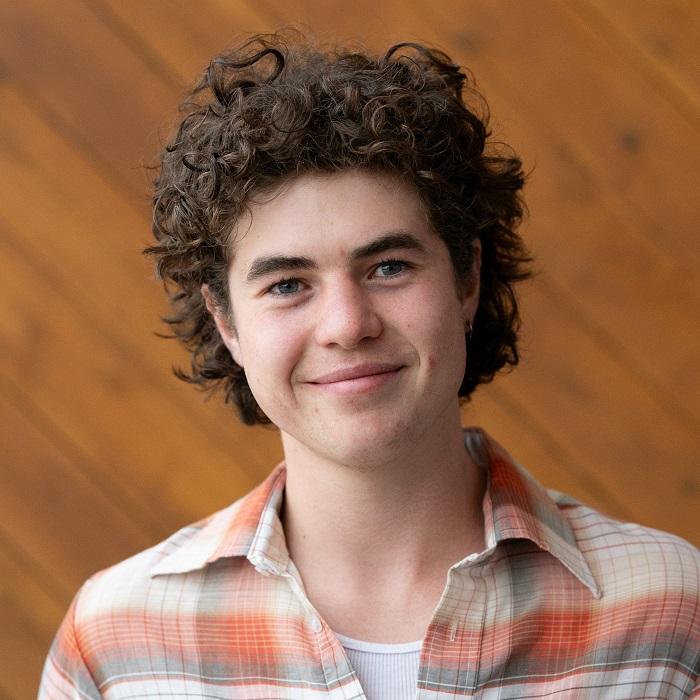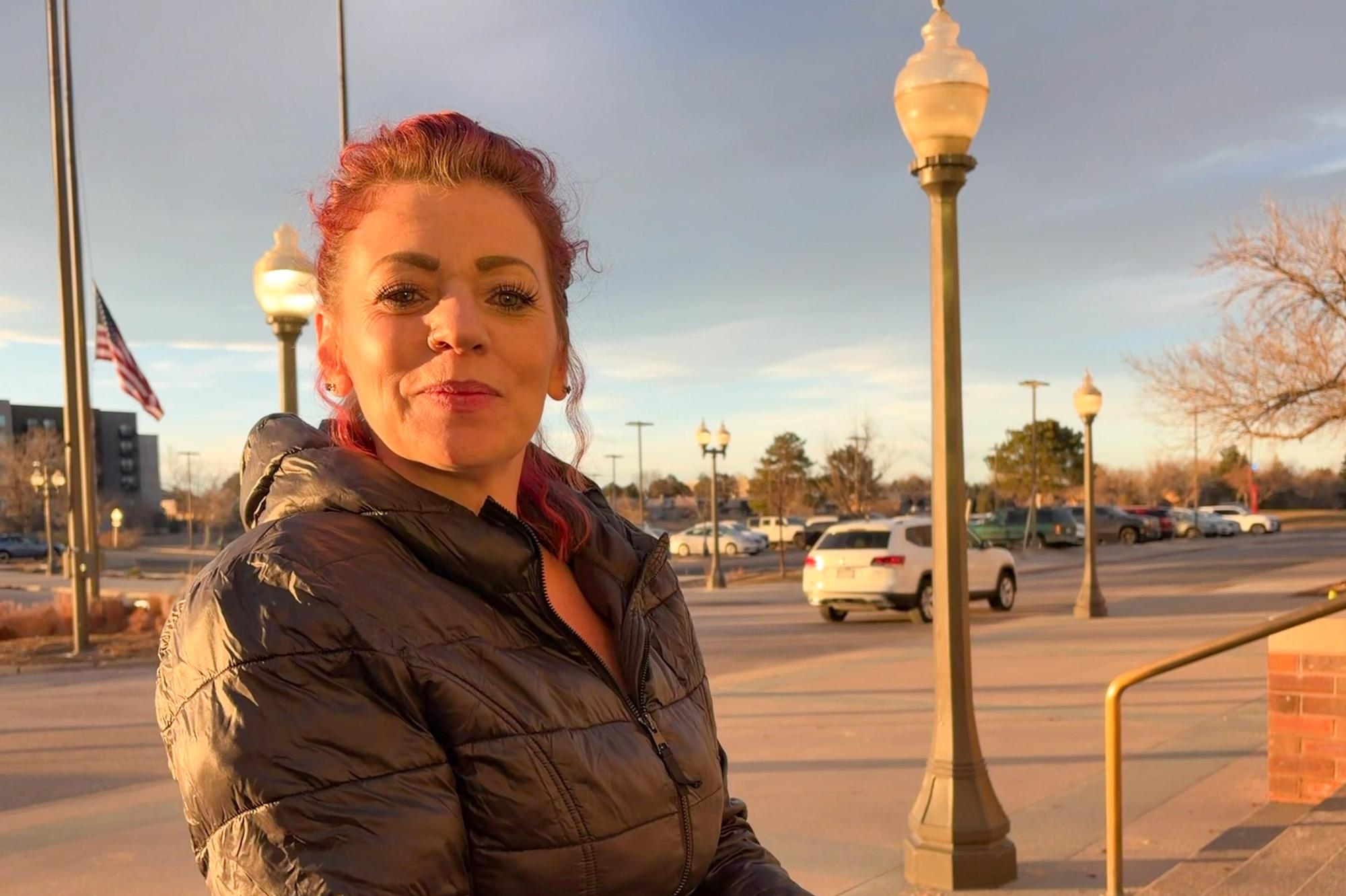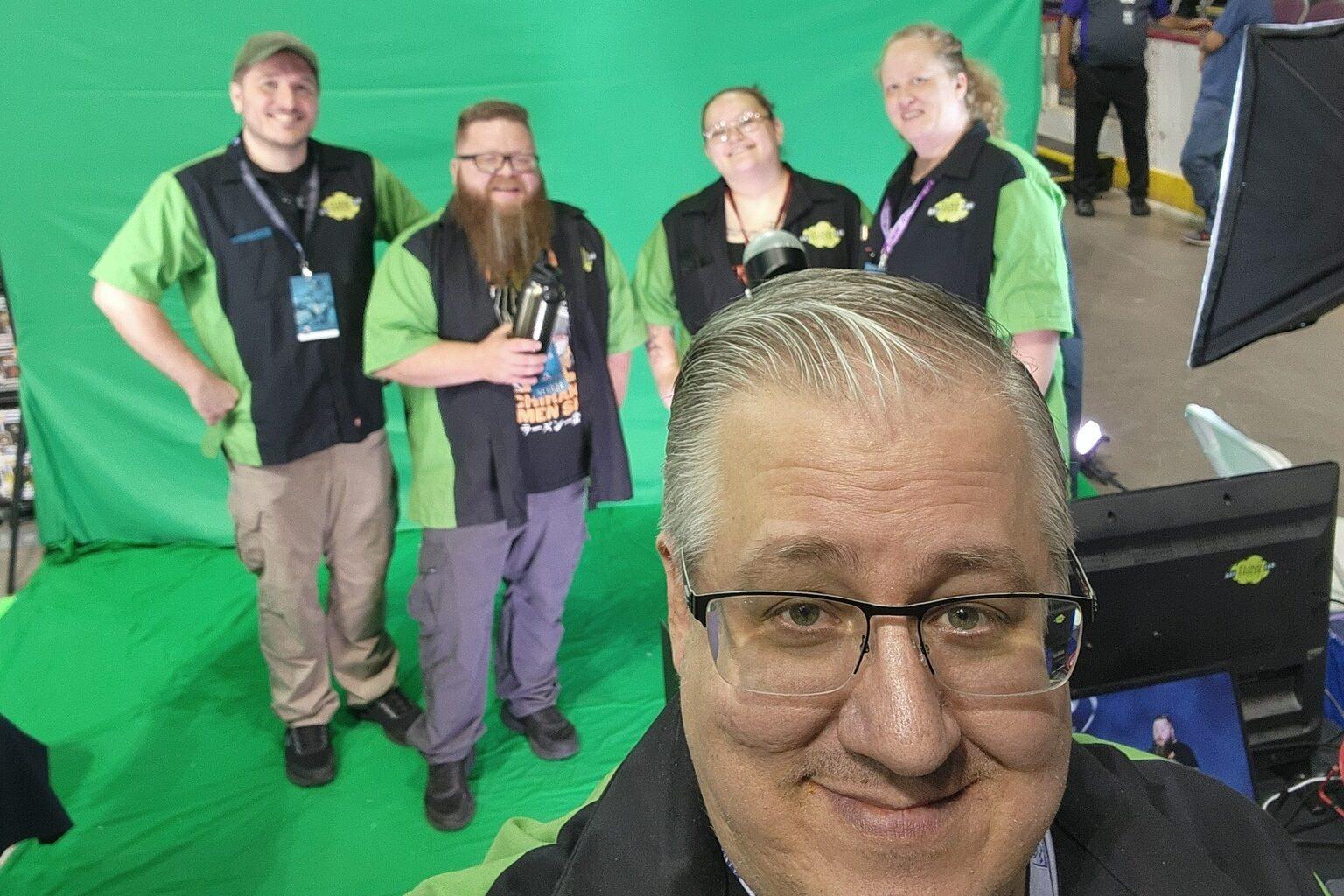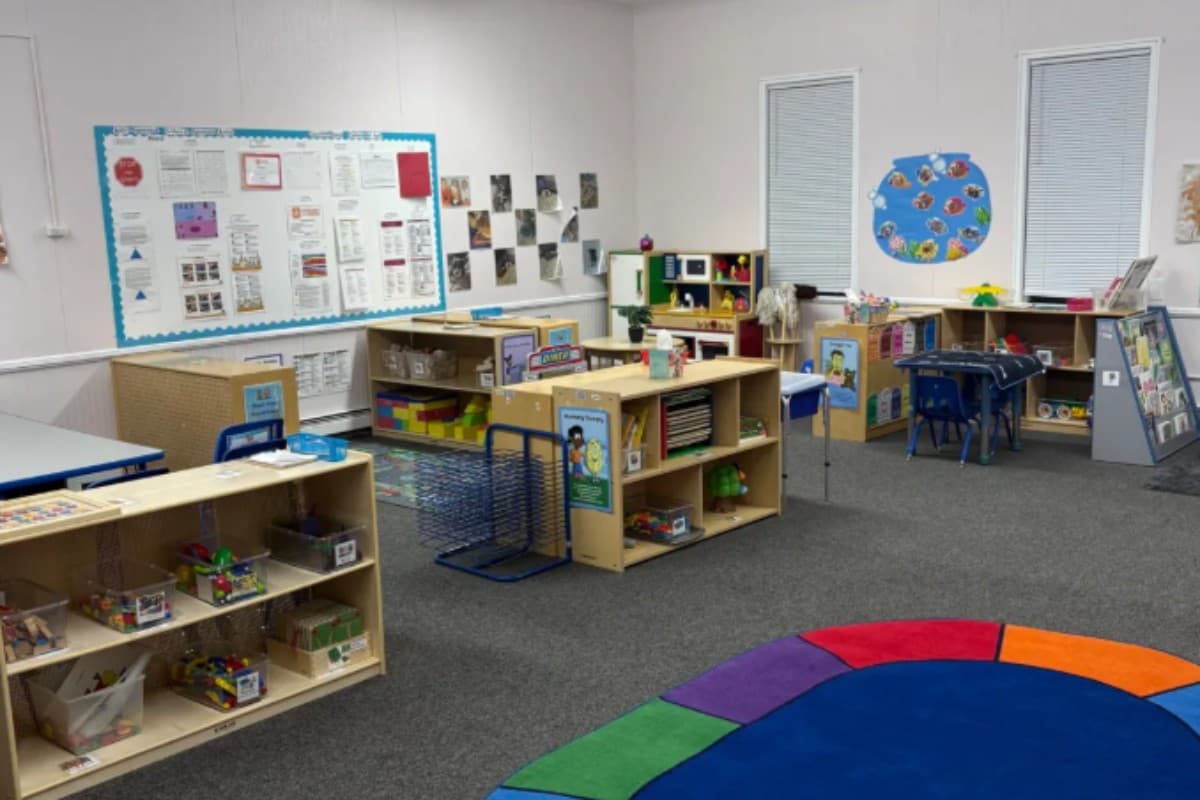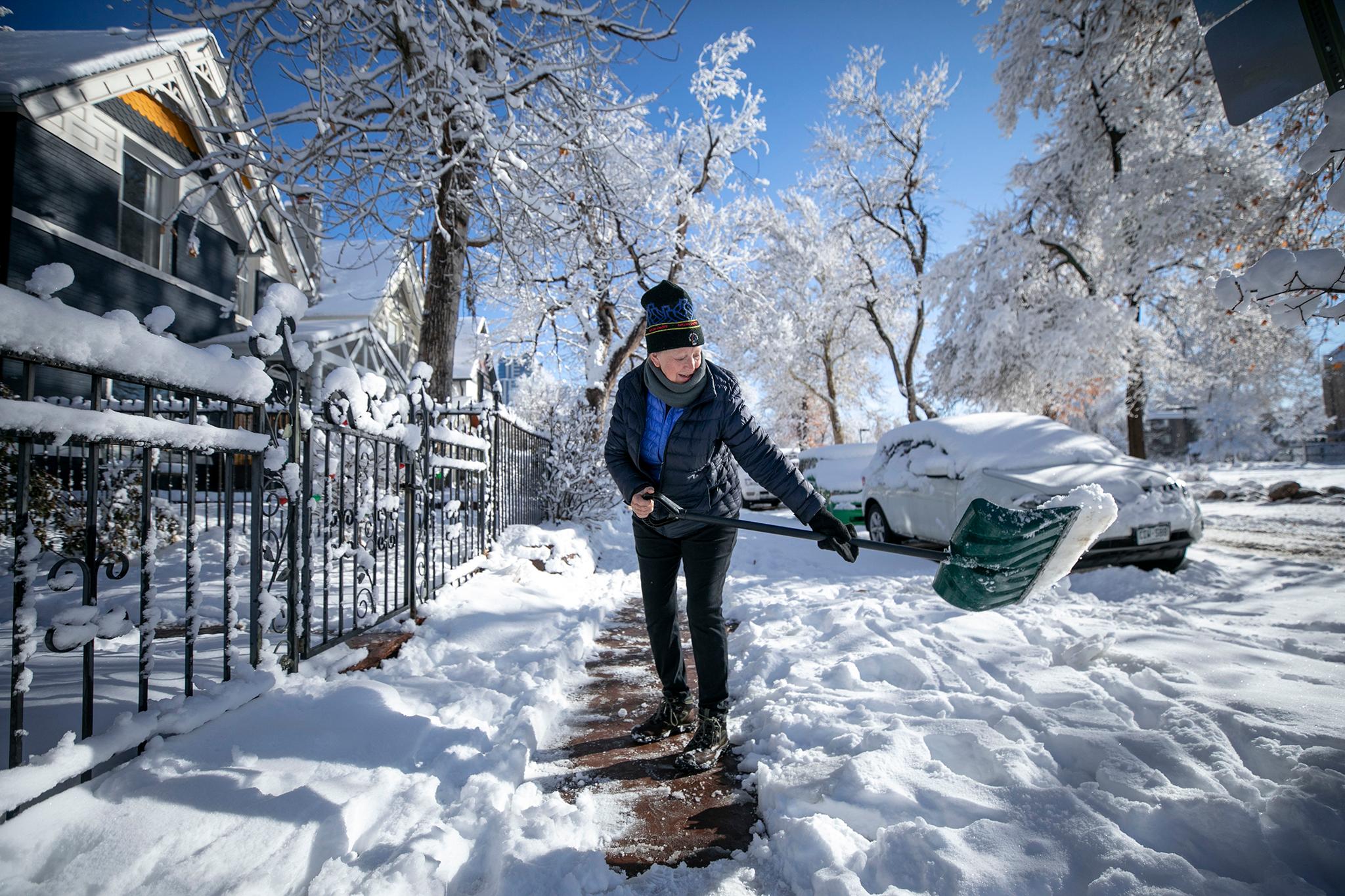
As hippies, beatniks and disestablishmentarians called for collectivism across San Francisco in 1967, Colorado Springs had its own Summer of Love. Student protests and hippie fashions cropped up and rock music dominated the airwaves. But it wasn’t until October that the rebellious spirit of the summer reached its zenith when The Doors played the Colorado College homecoming.
Students teemed under the ornate ceilings of the Broadmoor Ballroom. Some climbed up the banisters for a better view of the bandstand. They lit incense under colorful lights, waiting to hear the number-one hit “Light My Fire.”
When The Doors took the stage, students in the front row were close enough to touch Jim Morrison.
Colorado College music professor Michael Grace was right in the middle of the crowd.
“The energy coming off the stage from The Doors, it was just, it was amazing. And the way it was picked up by the students … it was a huge event in my life,” he said.
By some accounts, the crowd numbered a few hundred people; by others, it was more than a thousand. Regardless, Grace was struck by the contrast between the audience and the venue.
“It looked like an old-fashioned ballroom, where people would dance the waltz and foxtrot,” said Grace. “They wouldn't get high and writhe around.”
Thomas Reynolds was a senior at Fountain Valley High School, who got into the show as his sister’s date. He came to sneak a recording of the hits he’d heard on the radio.
“I had this tape recorder clipped to my belt and my microphone in my hand and I was dancing with the music,” he recalled.
Despite his precarious setup, Reynolds successfully taped The Doors’ set and the cheers of the crowd.
The reel-to-reel recording lay for years in a red cookie tin in Reynolds’ basement.
He rediscovered it one day while going through tapes from his time as a KRCC student radio host. Reynolds had the recording slowed and digitized to restore the original sound quality.
The tape takes the listener through the night’s short set list, from “Break On Through” to “People Are Strange,” “Back Door Man,” and the finale: a 10-minute rendition of "Light My Fire.”
The band had just made it big and was quickly outgrowing the university circuit after their recent appearance on The Ed Sullivan Show. They only played that night because they were held to a contract from the year prior.
“And I think, in retribution, that The Doors just did the bare minimum,” said Reynolds.
While the recording captures the transcendent pull of the performance — gritty guitar solos, the chatter of the crowd, and Jim Morrison’s shouts and screams — it’s far from perfect. The audio is scratchy and many of the lyrics are inaudible.
“There are bootlegs that are known because their quality is so great,” says Warren Zanes, a rock biographer and music historian. “And then there are bootlegs that are interesting because the quality isn't so great … I'm there for a different purpose. It's both historical and mythological.”

The tape’s mythic status has drawn Colorado College students and alumni to the basement of Tutt Library, where it lives now. Reynolds donated the original reel and a digital copy to the college in 2005. Anyone who wants to hear it has to talk to Jessy Randall, the curator of Special Collections.
She said the tape has sparked some controversy.
“When we first received it, I got emails from Doors fans all over the world offering me various kinds of bribes to secretly give them a copy.”
She declined the offers but did upload a short clip to the Special Collections website. The Doors' management promptly demanded she remove the audio. Since then, fans can only listen to it in the underground archive with Randall standing watch.
Even from the basement of Tutt Library, 57 years later, it brings the listener into the room where it happened: a classical ballroom teeming with excitable youth.
“This was kind of freeform, you know, off the wall and nobody knew that these people would go on to be such icons,” said Reynolds. “So many bands came and went during those years, but (The Doors) have survived.”
Linnea Anderson and Issa Nasatir contributed to this story.
Editor’s Note: Colorado College holds the license for KRCC which is operated by Colorado Public Radio
